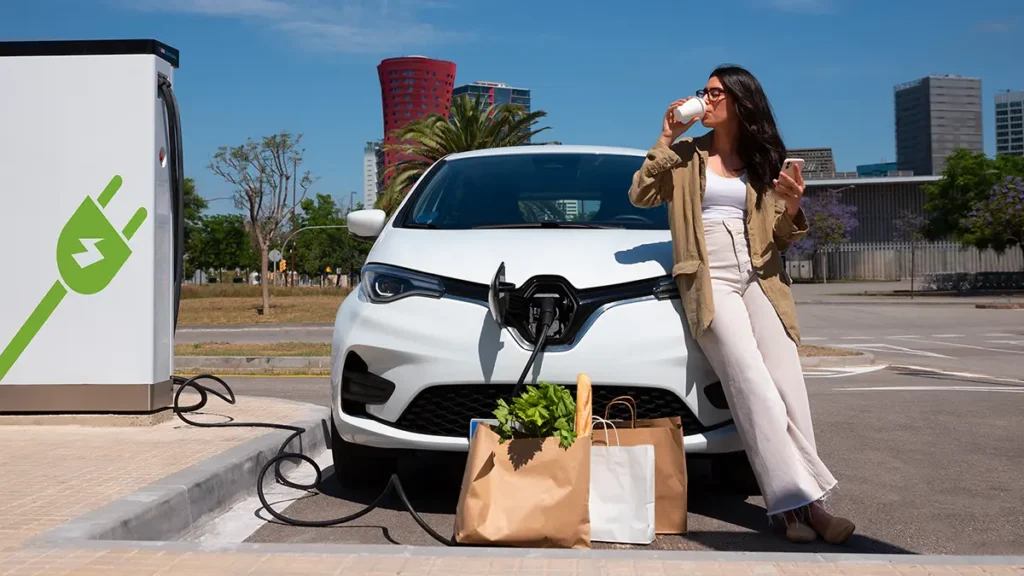Keep your eco-credentials intact by using this comprehensive guide to methods of transport and their average carbon footprint, measured in grams of carbon dioxide per passenger-kilometre (g CO2/pkm), to better calculate your impact on climate change.
Air Travel
Unsurprisingly, air travel has the highest carbon footprint, with emissions per kilometre lower for long-haul flights due to the greater distance travelled and higher fuel efficiency at cruising altitudes.
Short-haul flights: Approximately 255g CO2/pkm
Long-haul flights: Approx 150g CO2/pkm
Maritime Travel
If you can’t make like Greta Thunberg and sail around the globe, you can still lower your personal carbon footprint by voyaging over sea.
Ferries: Approx 19-135g CO2/pkm (varies depending on the type and size of the vessel)
Cruise ships: Approx 250-400g CO2/pkm (due to luxurious amenities and lower occupancy rates)
Public Transport
Buses score well, thanks to their higher occupancy rates, buses have lower emissions per passenger – except when three come along at once!
Buses: Approx 105g CO2/pkm
In general, trains are an efficient and environmentally-friendly way to travel longer distances.
Diesel trains: Approx 41g CO2/pkm
Electric trains: Approx 6-25g CO2/pkm (varies widely depending on the energy mix of the electricity grid)

Private Transport
It stands to reason that electric cars have a lower impact on the environment, though perhaps not by as much as expected.
Petrol car: Approximately 192g CO2/pkm (based on average occupancy of 1.5 passengers)
Hybrid car: Approx 120g CO2/pkm
Electric car: Approx 53g CO2/pkm
Bicycles and Walking
In praise of manpower! Though not practical all the time, the overriding message is that if you can walk or cycle, you should, for the sake of your health and the planet.
Bicycles: Near zero g CO2/pkm (considering the manufacturing emissions distributed over the bike’s lifetime and the rider’s food intake)
No products found.
Motorcycles and Scooters
Motorbikes may be a great way to nip about in urban areas, but because of riding solo they aren’t the greenest way to travel. Electric scooters score better, though can have safety issues.
Motorcycles: Approx 103g CO2/pkm
Electric Scooters: Approx 50g CO2/pkm (considering electricity usage and manufacturing emissions)
Walking: Near zero g CO2/pkm (considering the metabolic CO2 emissions and food intake)
Tips for Reducing Your Transport Carbon Footprint
Choose public transport and use buses and trains, which have lower emissions per passenger.
- Share car rides to dilute emissions across more travellers.
- Opt for walking or cycling when possible.
- Use hybrid or electric vehicles.
- Avoid flying and select alternative travel methods.
- Use video conferencing to reduce the need for travel and lower your carbon emissions.
- Advocate for green travel schemes in your local community to combat climate change.
Read This Magazine participates in the Amazon Services LLC Associates Program, an affiliate advertising program designed to provide a means for sites to earn advertising fees by advertising and linking to Amazon.com.










